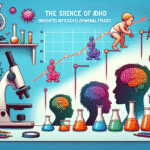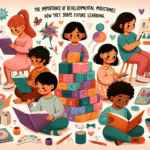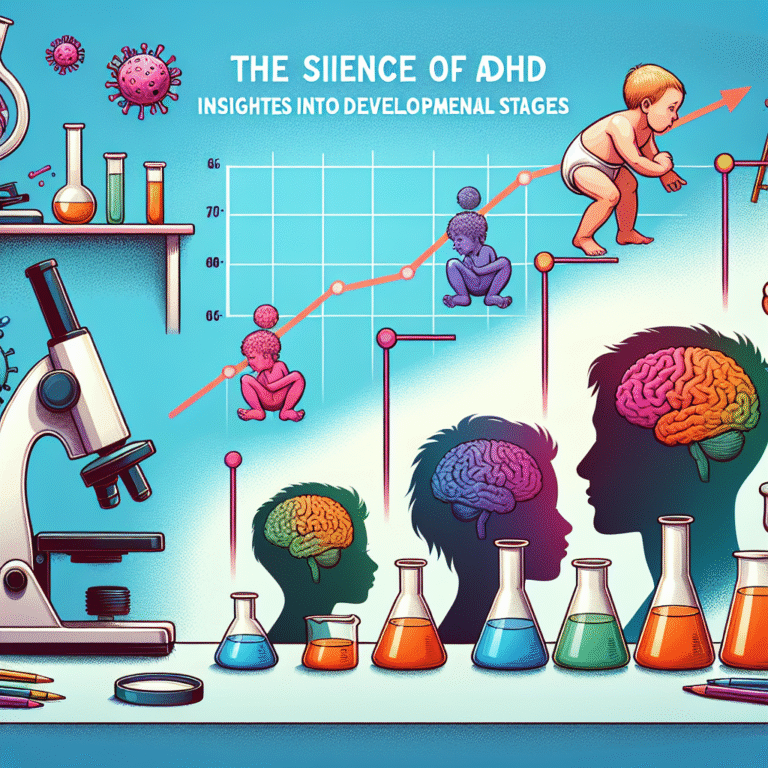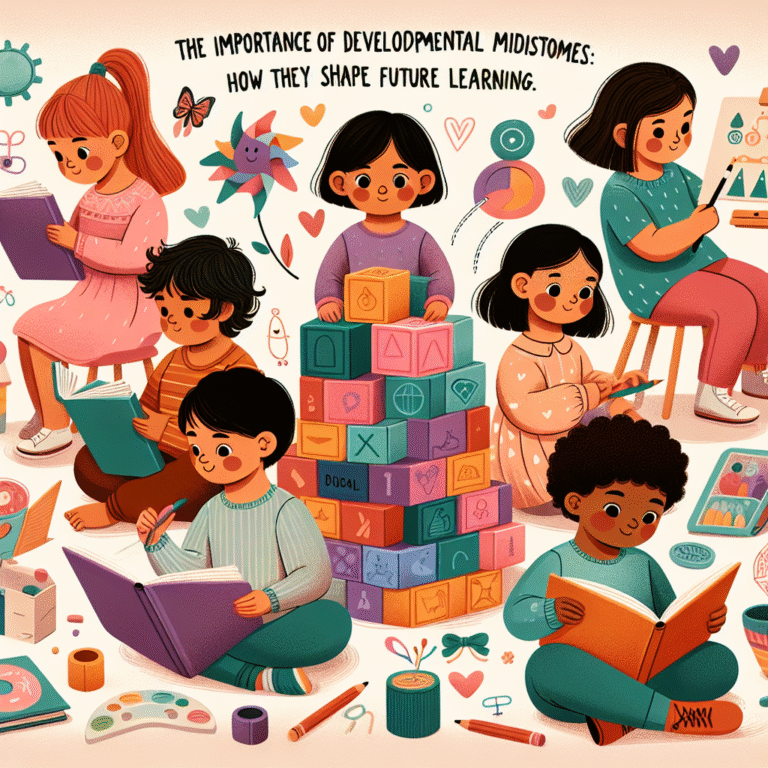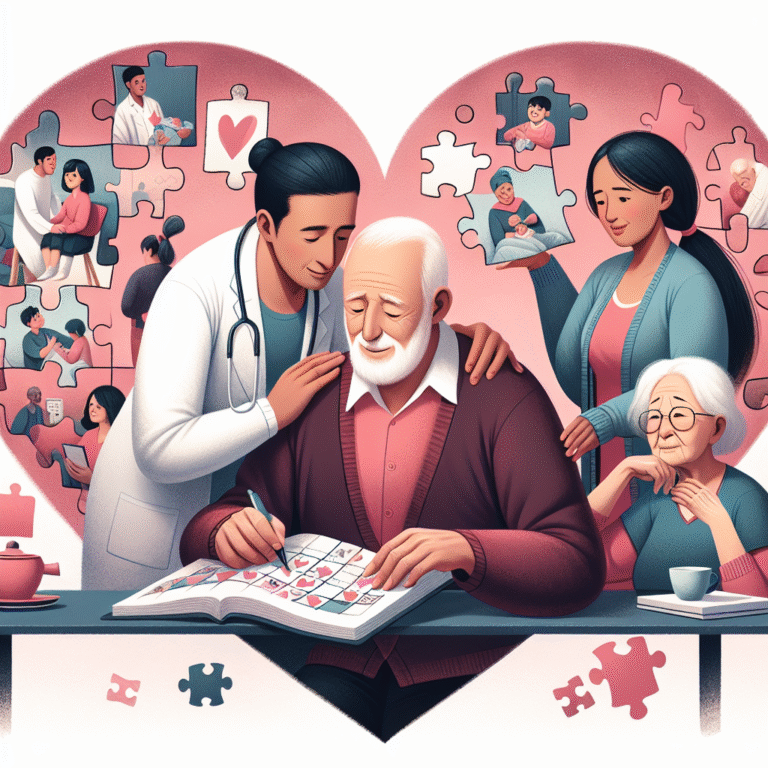
Introduction
In a world that often struggles to understand the nuances of neurodiversity, the phrase "Voices of Autism: Personal Stories from the Spectrum" shines a light on the unique and often overlooked narratives of those on the autism spectrum. These personal stories are not just accounts of challenges but also powerful testaments to resilience, creativity, and hope. They offer invaluable perspectives that can foster understanding, acceptance, and ultimately, change.
As we delve into this compelling topic, we will explore these voices in vivid detail, uncovering the rich tapestry of experiences that constitute life on the spectrum. Whether you are a caregiver, educator, or simply someone seeking to broaden your horizons, this article will resonate with you, challenge stereotypes, and provide insights that highlight both the struggles and triumphs of individuals with autism.
Understanding Autism: A Brief Overview
What is Autism?
Autism Spectrum Disorder (ASD) is a complex neurodevelopmental condition characterized by varying degrees of challenges in social interaction, communication, and behavior. The spectrum indicates the wide range of symptoms and abilities present in individuals, from high-functioning to those requiring significant support.
Statistics and Demographics
According to the Centers for Disease Control and Prevention (CDC), about 1 in 54 children in the United States is diagnosed with autism. These numbers are significant, signifying the importance of understanding autism through personal stories.
| Statistic | Value |
|---|---|
| Prevalence of Autism | 1 in 54 |
| Male to Female Ratio | 4:1 |
| Age of Diagnosis | 4-5 years |
| Global Prevalence | 1% worldwide |
Personal Stories: The Heart of Autism
Case Study 1: Emma’s Journey
Emma, a 14-year-old with high-functioning autism, shares her experience of navigating social situations at school. Despite her love for art and music, she often finds conversations overwhelming.
Analysis
Emma’s story illustrates how varied autism can be, emphasizing that not every individual conforms to stereotypical portrayals. Her passion for art serves as a bridge that fosters connections, showcasing how interests can lead to meaningful interactions.
Case Study 2: Mark’s Advocacy
Mark, diagnosed at a young age, has transitioned into a strong advocate for autism awareness. He started a blog titled "Voices of Autism" where he shares insights on his life, challenges, and victories.
Analysis
Mark’s advocacy highlights the importance of self-advocacy and empowerment among individuals with autism. By sharing personal stories, he not only informs but also inspires others, demonstrating the potential of those on the spectrum.
The Challenges Faced on the Spectrum
Social Interactions
Social situations can be daunting for many individuals with autism. Nonverbal cues and spontaneous conversations may often lead to misunderstandings or anxiety.
Personal Story: Sarah’s High School Experience
Sarah recalls her anxiety during group projects in high school. By clearly articulating her needs with her classmates, she developed a framework that allowed her to contribute while feeling accommodated.
Sensory Sensitivities
Many individuals on the spectrum experience sensory overload. Bright lights, loud noises, or even certain textures can be overwhelming.
Case Study: Alex’s Sensory Journey
Alex, who experiences tactile sensitivity, found solace in wearing specific clothing materials. This seemingly small change significantly improved his comfort levels in public and school settings.
| Sensory Overload Triggers | Strategies for Mitigation |
|---|---|
| Bright Lights | Use sunglasses or hats |
| Loud Noises | Noise-canceling headphones |
| Specific Textures | Wear comfortable, familiar fabrics |
The Positive Aspects of Being on the Spectrum
Unique Perspectives
Individuals on the autism spectrum often possess unique strengths, such as heightened attention to detail, exceptional memory, and creative problem-solving skills.
Case Study: Lily’s Artistic Flair
Lily is an artist who finds inspiration in the world around her. Her vivid imagination and distinctive style have garnered attention in local galleries. Her success helps dispel the myth that autism limits creativity.
Building Connections
Community initiatives and support groups provide platforms for those on the spectrum to connect with peers, fostering friendships and understanding.
Personal Story: The Power of Peer Support
Tom, a college student, found his tribe in a support group for neurodiverse individuals. These connections helped reinforce his self-esteem and reduced feelings of isolation.
The Role of Education
Supportive Learning Environments
Educational settings play a crucial role in shaping the experiences of those with autism. Individualized Education Plans (IEPs) can make a significant difference.
Success Story: Jake’s School Transformation
Jake, diagnosed with autism, thrived when his school implemented a specialized learning program tailored to his needs, allowing him to explore his interests while receiving academic support.
Empowering Families and Caregivers
Resources and Support Tools
Families play a pivotal role in the growth and development of individuals with autism. Leveraging community resources, like local organizations and online forums, can aid in navigating challenges.
| Resource Type | Examples |
|---|---|
| Educational Programs | Workshops, webinars, and training |
| Online Communities | Forums, blogs, and social media groups |
Case Study: The Johnson Family
The Johnsons documented their journey in a blog, detailing strategies, resources, and emotional experiences they encountered, which has proved inspirational for other families.
Voices That Inspire Change
Advocates Making a Difference
Several advocates have risen to prominence, telling their stories to increase awareness and understanding of autism.
Personal Story: Christopher’s Career
Christopher, a public speaker, uses his platform to raise awareness about the strengths and challenges faced by individuals on the spectrum. His narrative emphasizes resilience and the pursuit of dreams.
Conclusion
The narratives encapsulated in "Voices of Autism: Personal Stories from the Spectrum" remind us that behind the diagnosis, there are stories of hope, creativity, and strength. As we embrace these voices, we foster a culture of understanding and acceptance that benefits not only individuals with autism but society as a whole.
Through sharing these experiences, we create bridges of empathy and insight, paving the way for greater inclusivity and support. Everyone has a role to play in amplifying these voices and advocating for a better future.
Actionable Insights
- Listen to Personal Stories: Engage with the content shared by individuals on the spectrum to understand their perspectives.
- Promote Awareness: Help spread awareness by sharing your learnings and advocating for supportive environments.
- Support Organizations: Contribute to local or national organizations that work toward autism awareness and support.
FAQs
What is the autism spectrum?
The autism spectrum encompasses a range of neurodevelopmental disorders characterized by varying degrees of challenges in social interaction, communication, and behavior.
How can I support someone with autism?
Educate yourself about autism, listen to their preferences, and provide a supportive environment that accommodates their needs.
What are some common challenges faced by individuals with autism?
Challenges can include social communication difficulties, sensory sensitivities, and anxiety in social situations.
Are there any strengths associated with autism?
Yes, many individuals on the autism spectrum exhibit exceptional attention to detail, creativity, and unique problem-solving skills.
How can families best support their autistic loved ones?
Families can support their loved ones by staying informed, engaging in advocacy, and utilizing available resources for education and emotional support.
By embracing the "Voices of Autism: Personal Stories from the Spectrum," we not only honor the individuals who share their journeys but also take active steps toward a more inclusive and understanding society.
